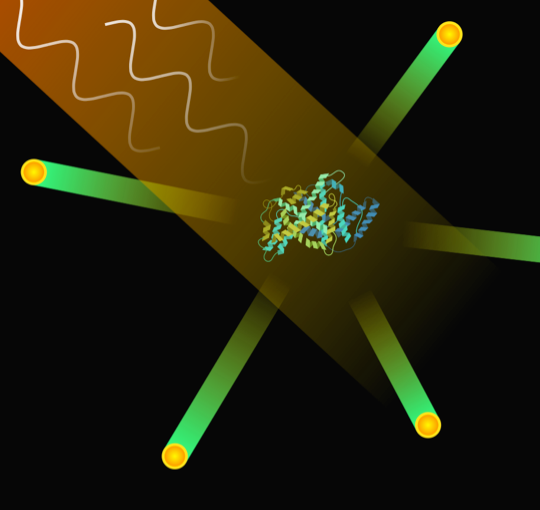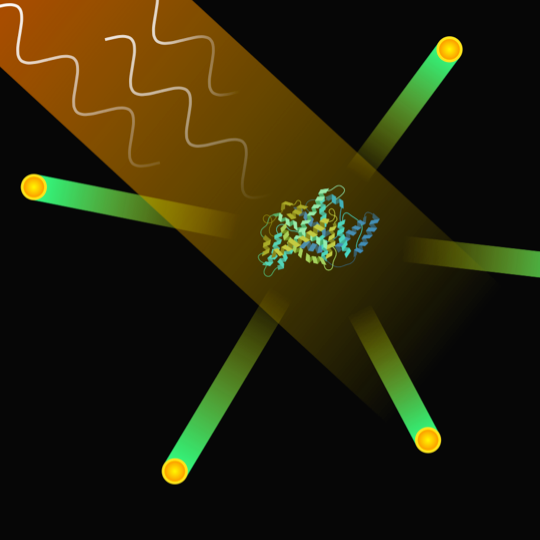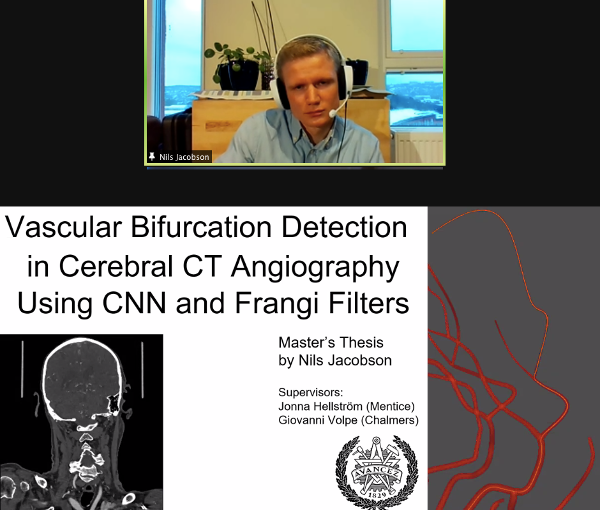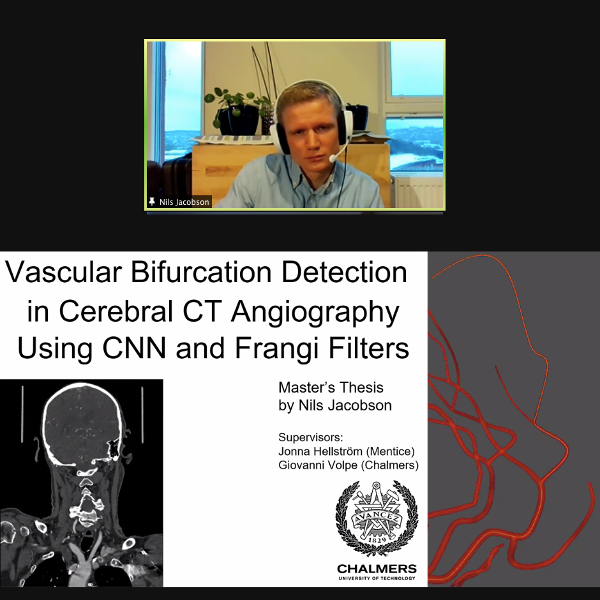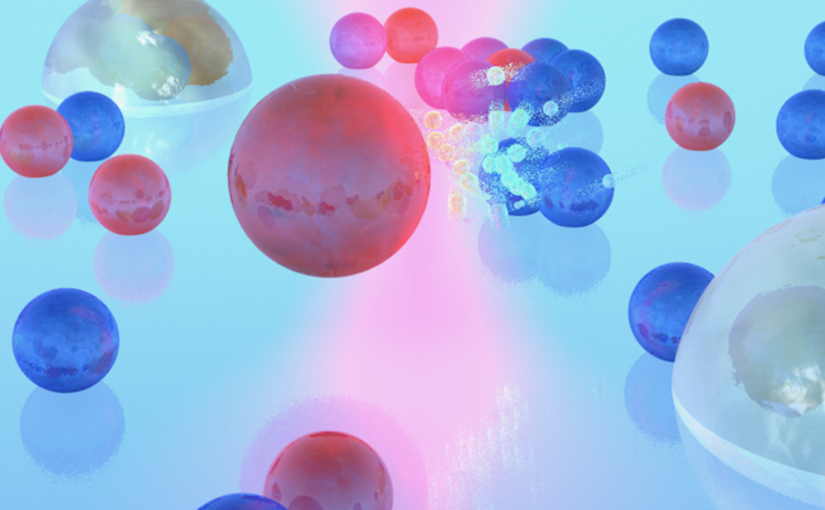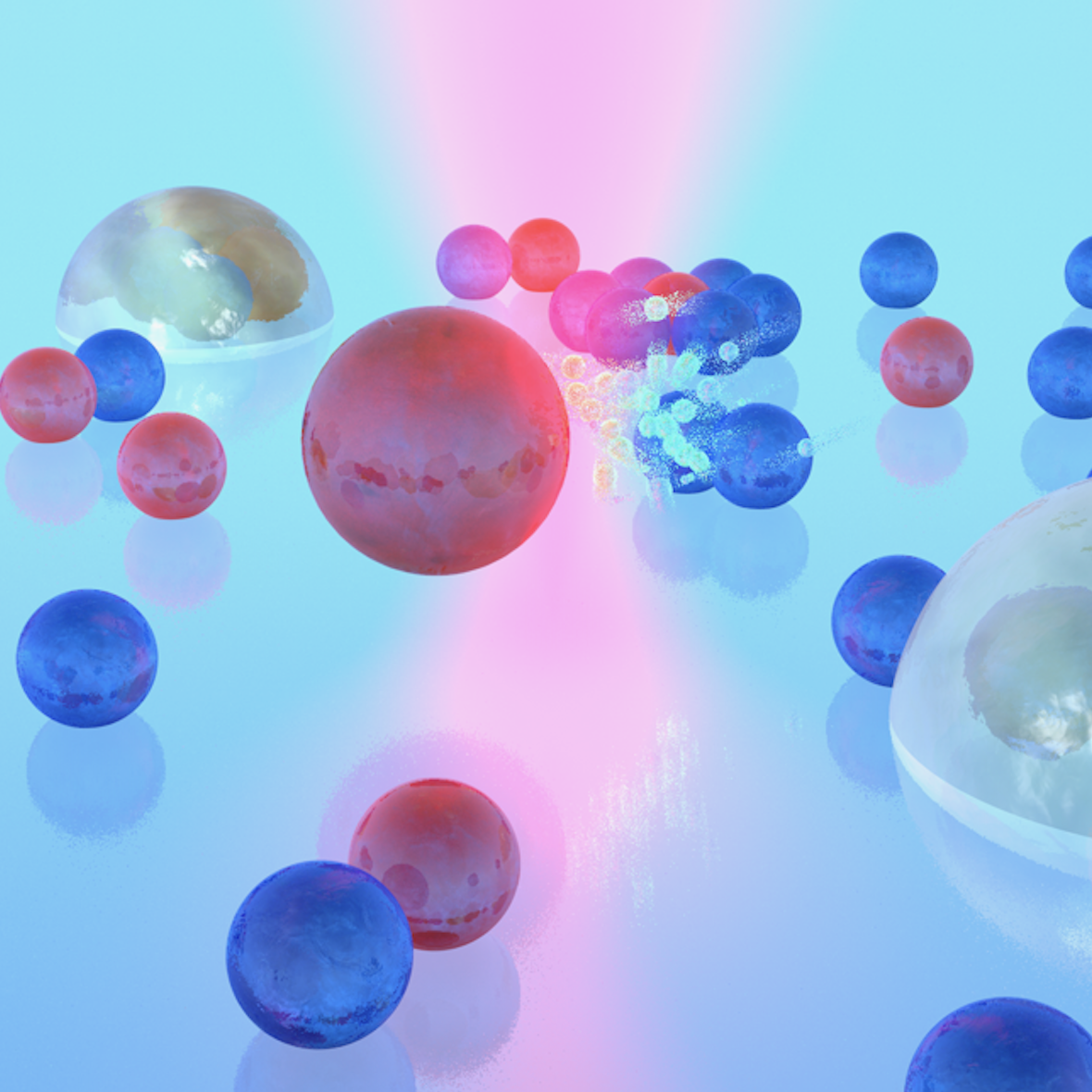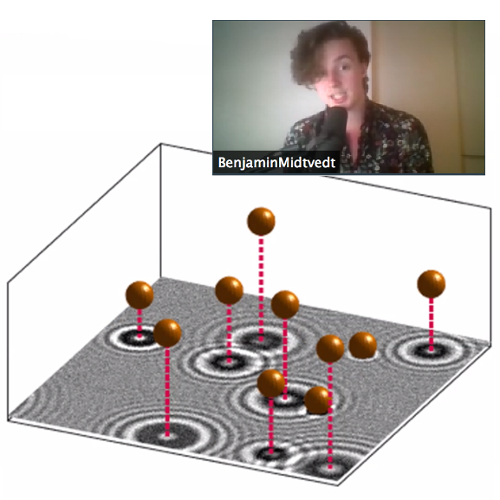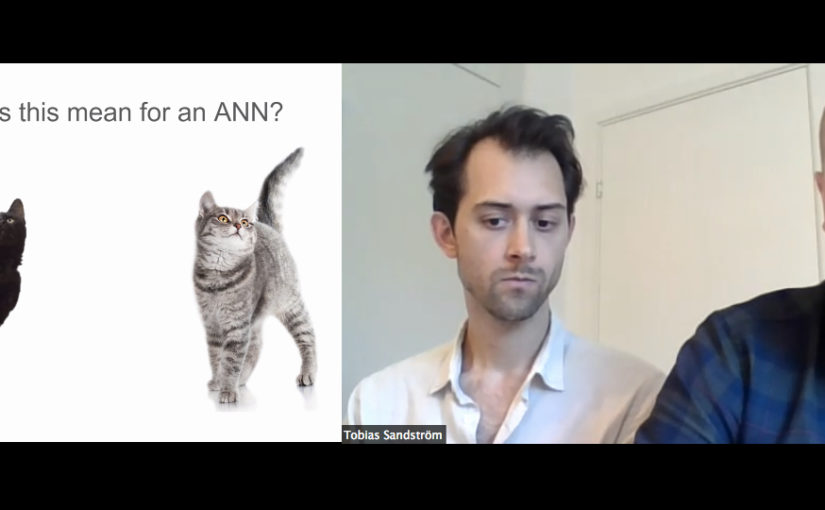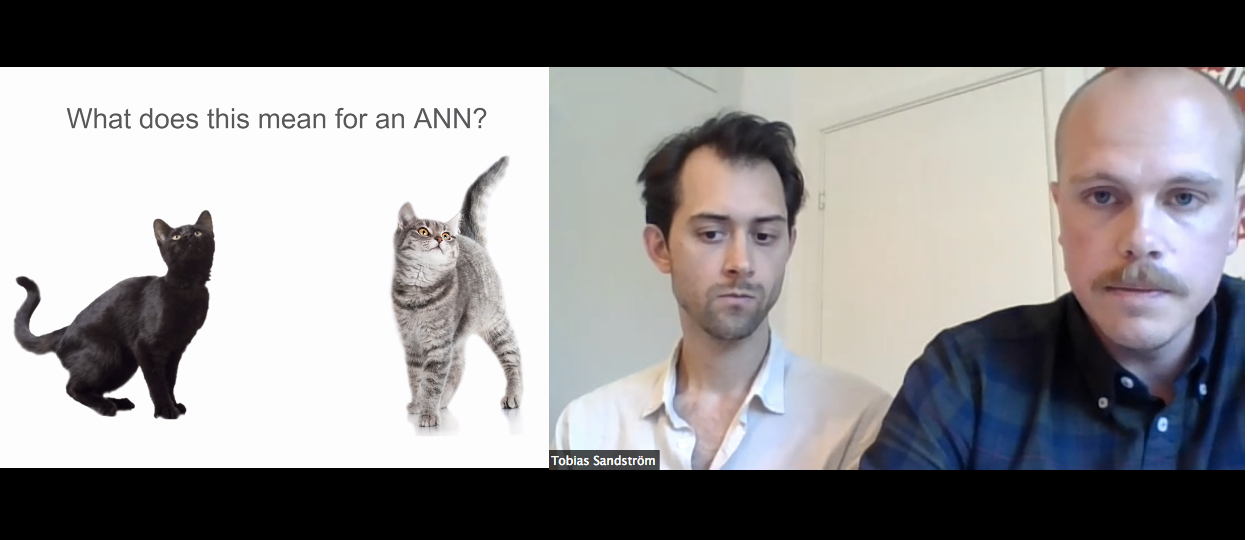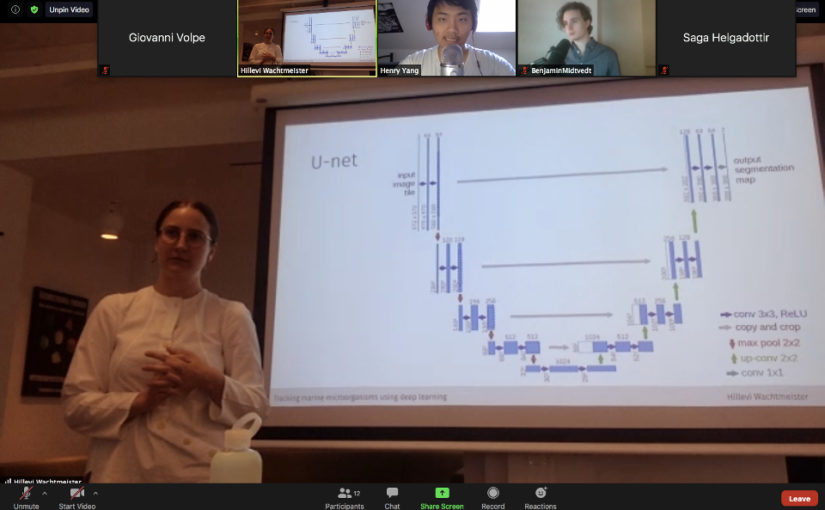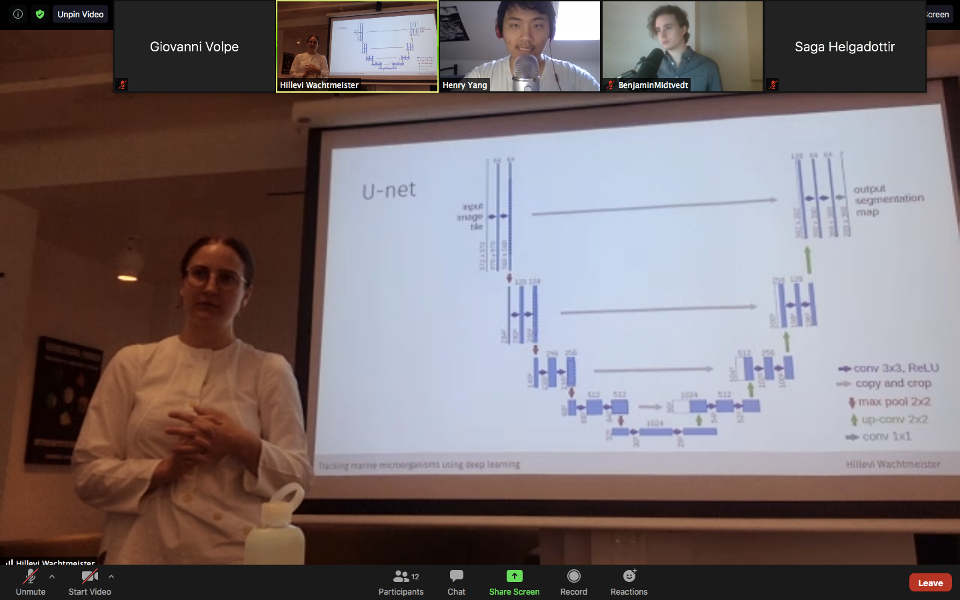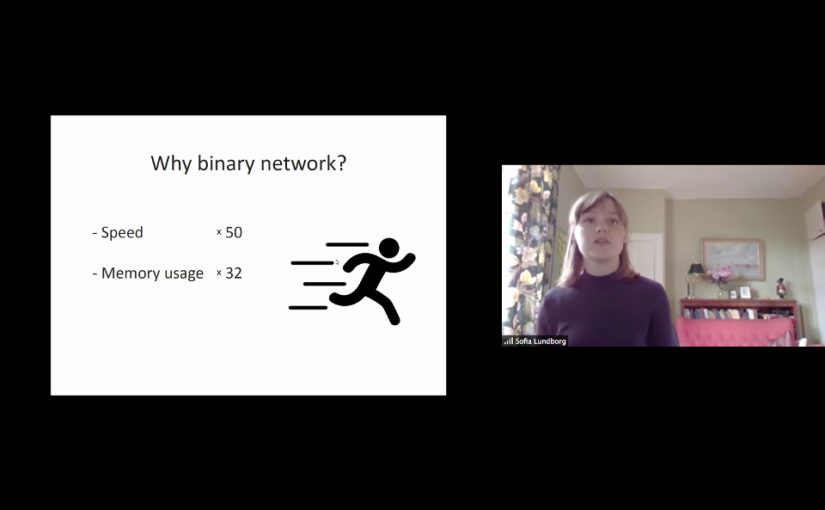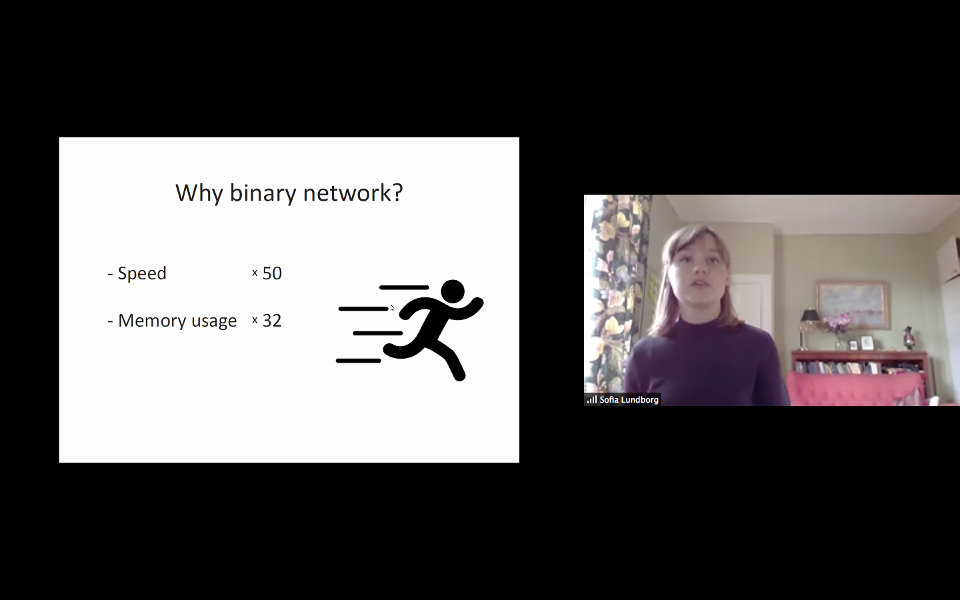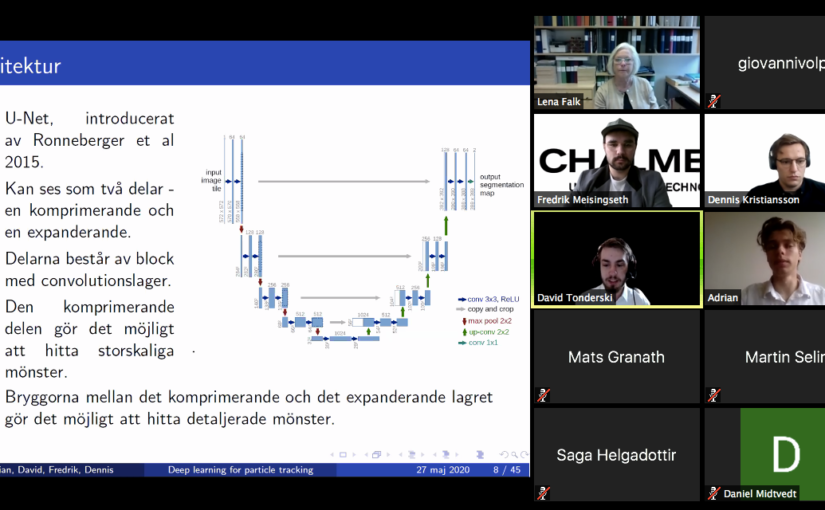Kevin Andersson and Eric Lindgren defended their Master thesis on 2 June 2021. Congrats!
Title: Saliency mapping of RS-fMRI data in GCNs for sex and brain age prediction
Subtitle: Identifying important functional brain networks using explainability in Graph Convolutional Networks
Insights into how biological sex and healthy ageing affects the human brain are important for an increased understanding of the brain. Healthy ageing insights are also useful for clinical applications, for instance in identifying unhealthy ageing due to neurodegenerative disease. To this end, several studies in the last few years have used machine learning methods on neuroscientific data to predict subject sex and brain age. One particularly interesting approach has been to represent functionally connected networks in the brain as graphs, and apply Graph Convolutional Networks (GCNs). To investigate which functional brain networks are connected with sex and age, we develop and analyse GCN-based models that predicts sex and age from resting-state fMRI data. The analysis of the models is done using saliency mapping techniques which gives insight into what functional brain networks in the data are relevant for the predictions. With this approach, we obtain a sex prediction accuracy of up to 79% and an age prediction MAE of 5.9 years. Furthermore, we find indications that the Sensory Motor Network and the cerebellum are among the more important functional brain networks for predicting sex and brain age.
Master programme: Physics
Supervisor: Alice Neimante Diemante (Syntronic AB)
Examiner: Giovanni Volpe, Department of Physics, University of Gothenburg
Opponent: Rasmus Svensson
Place: Online via Zoom
Time: 2 June, 2021, 16:00
